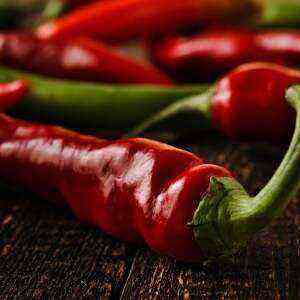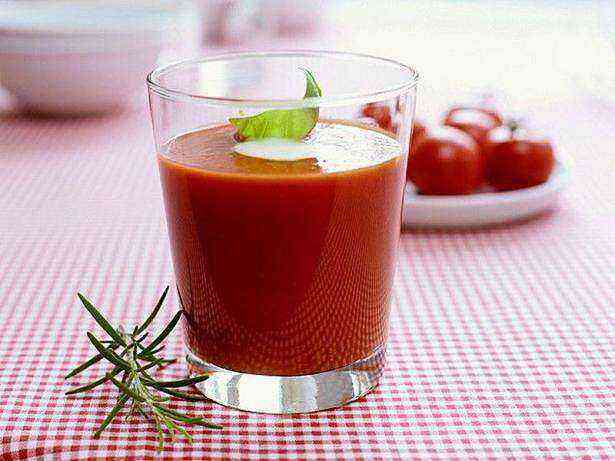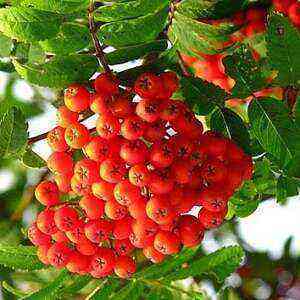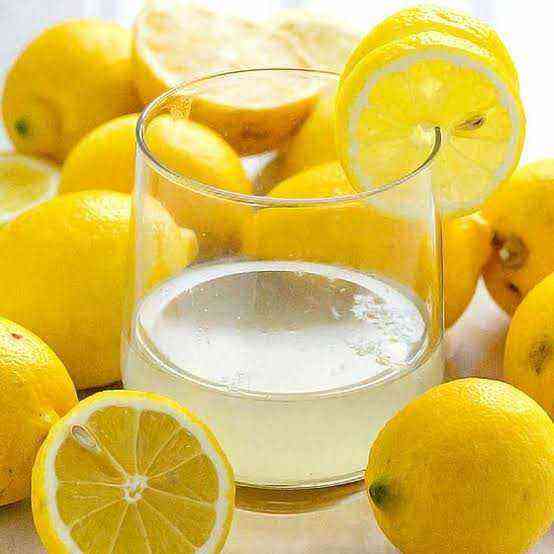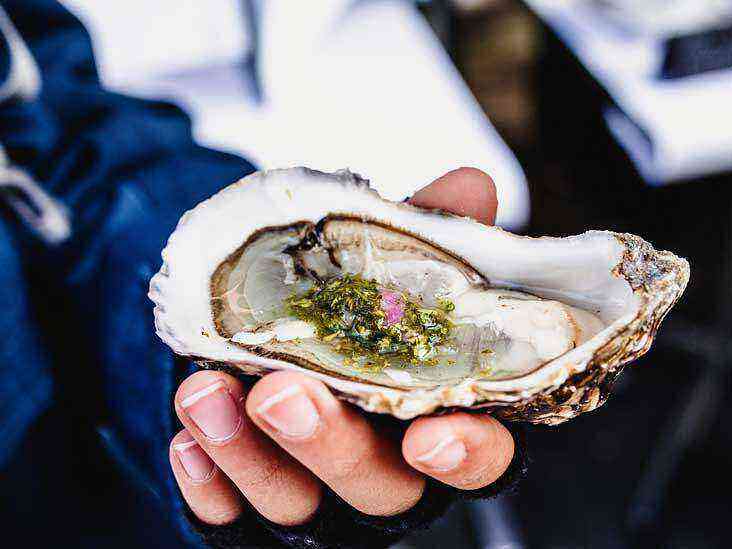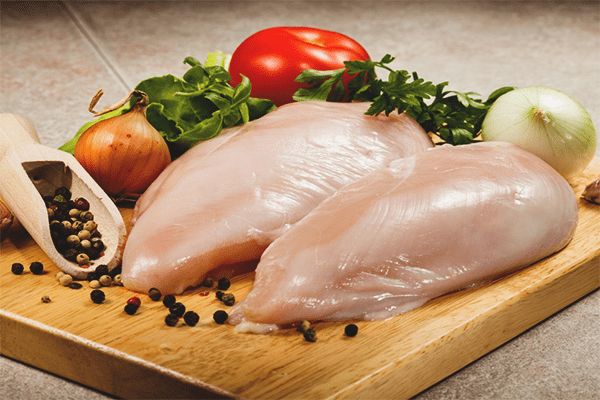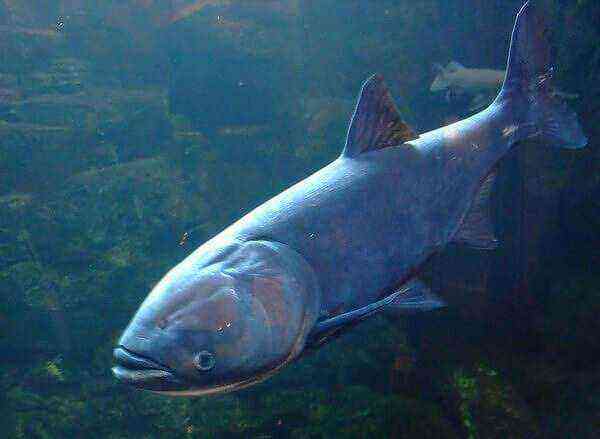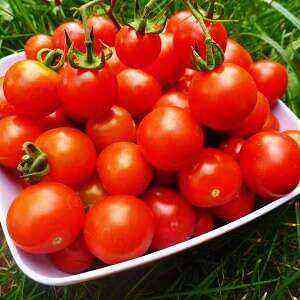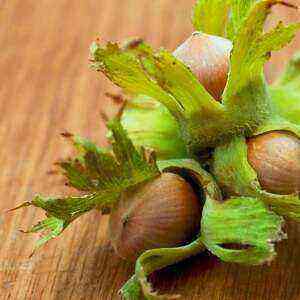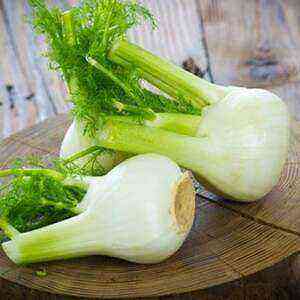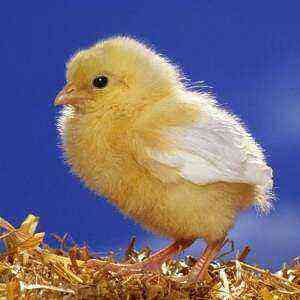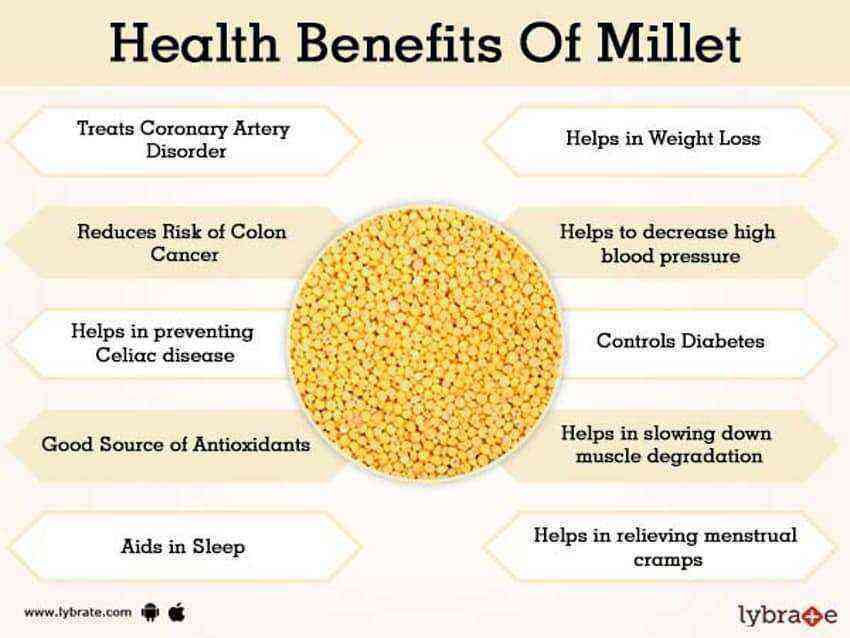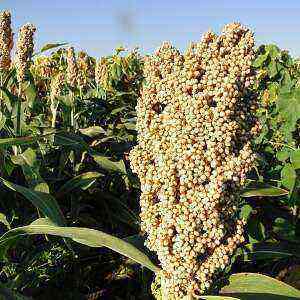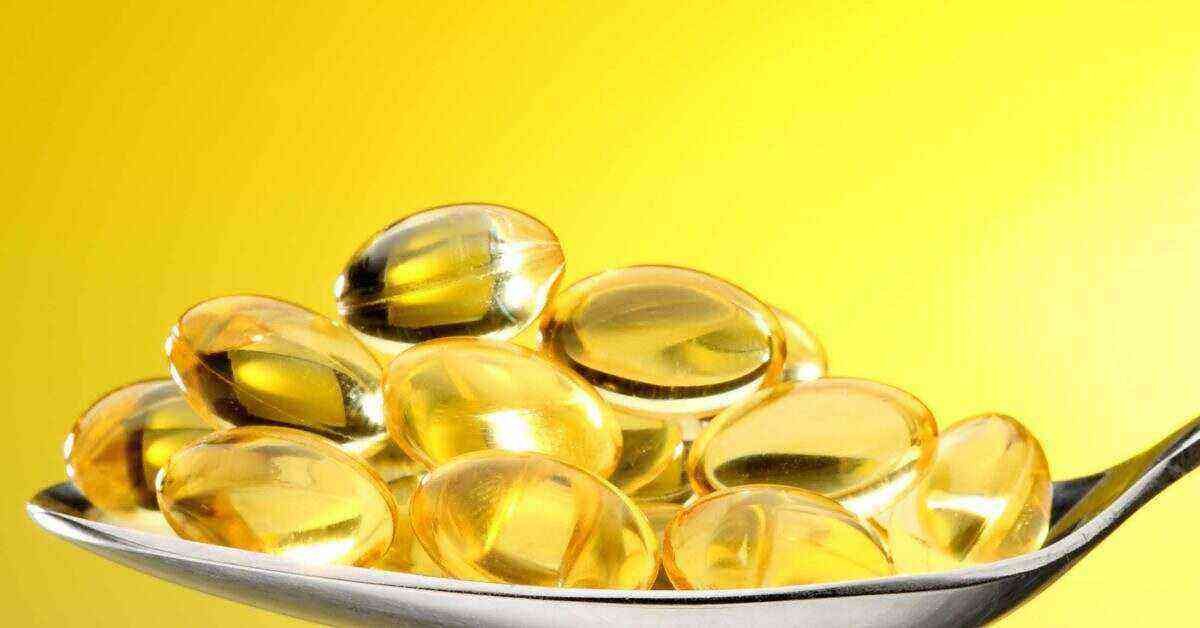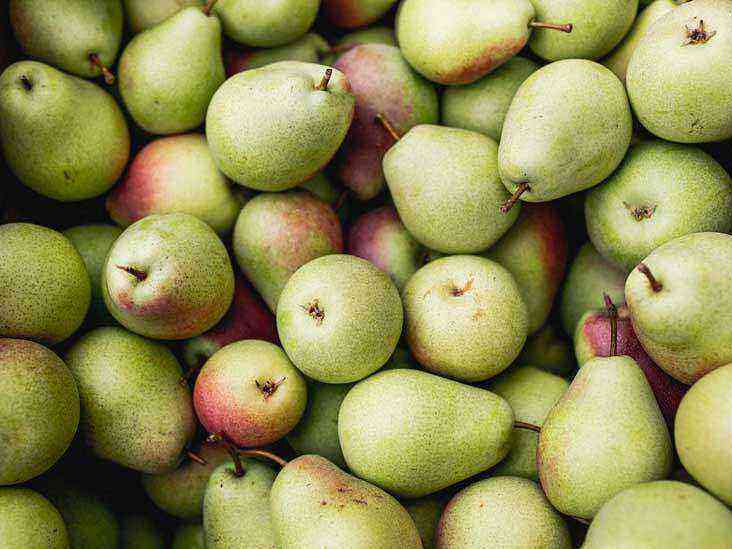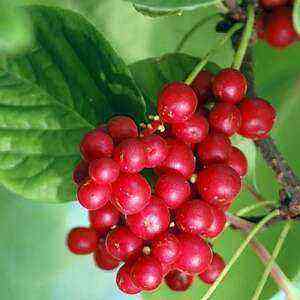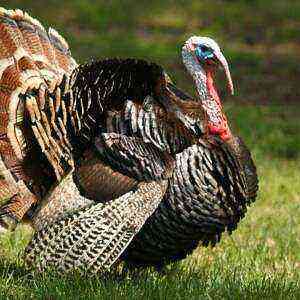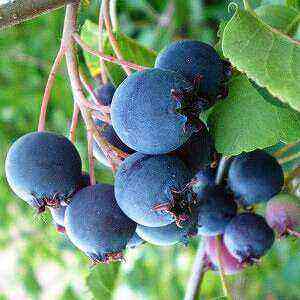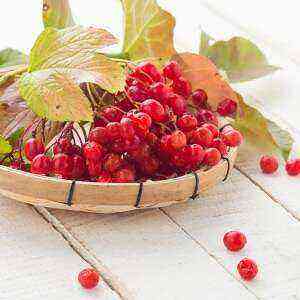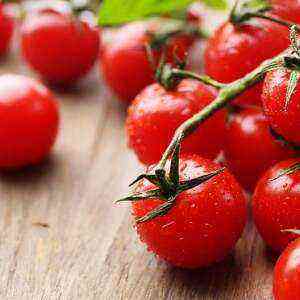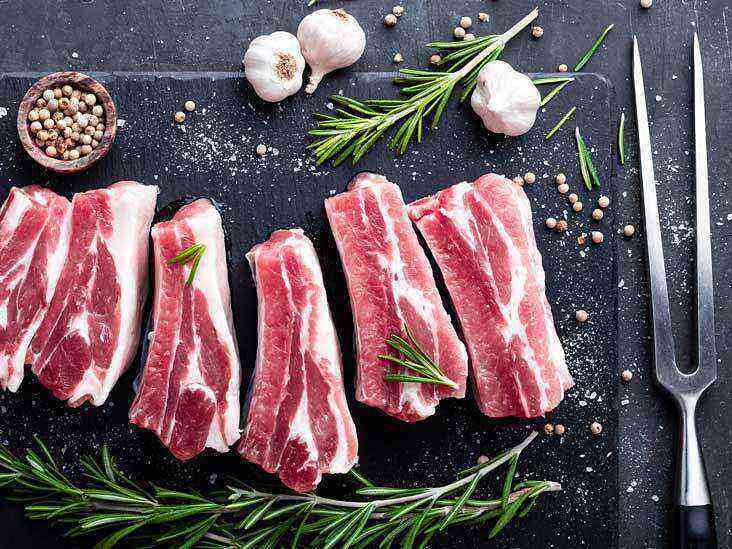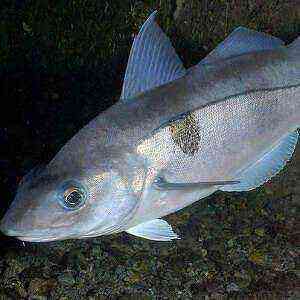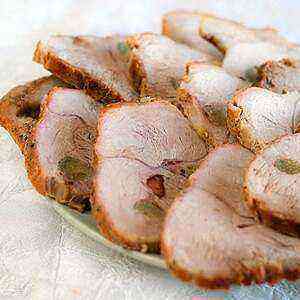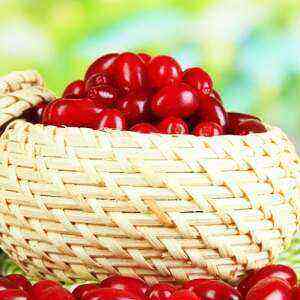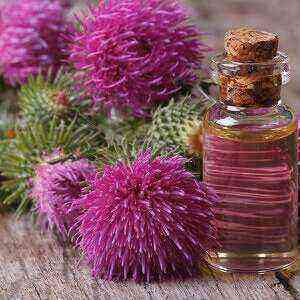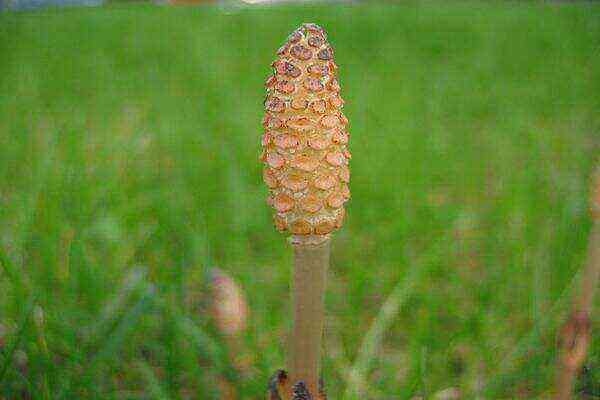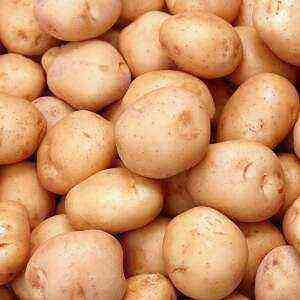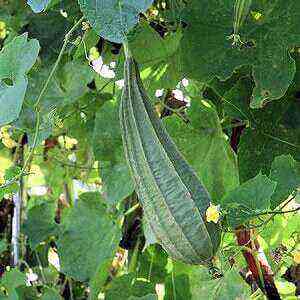
Young unripe fruits of ostrorebristaya and Egyptian loofah can be eaten as vegetables. In addition, they make medicinal drugs aimed at combating venereal diseases.
In 100 g of unripe luffa fruits, 20 kcal is concentrated. The main part of the product is water, so it is recommended to use it in diet food in the fight for a beautiful slim body.
The vegetable contains phosphorus, iron, potassium, calcium, magnesium, fatty acids, beta-carotene, thiamine, riboflavin, choline, tocopherol, pantothenic and folic acid. It is used as a hemostatic agent.
How to make a washcloth
First of all, it is necessary to purchase the fruit of the loofah in a specialized shop or to collect from the garden bed. The hardness of the washcloth directly depends on the degree of their maturity. Unripe fruits provide a soft product structure. If they are not disrupted in a timely manner, but let a small “tail” form at the end, the bast from such raw material will turn out to be very tough and may irritate the skin. It is customary to collect the fruits of luffa slightly underripe in late September and early October.
Before making the washcloth, the raw material is dried for two weeks in a well-ventilated place. A characteristic sign of the “readiness” of the material for work is the rustling of seeds inside the fruit when turned over.
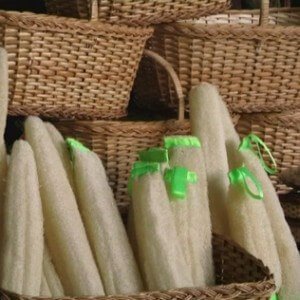
- soak the fruit in water for 2,5 hours;
- trim the ends, peel from the side;
- scrape remnants of seeds, fibers with a knife or a stiff brush;
- rinse the fruit twice in a warm solution of soap;
- dry in a well ventilated area;
- form pieces, comfortable in size;
- tie the strings.
Luffa washcloth does not cause irritation, it is hypoallergenic, so it can be used by people with sensitive dermis. It cleans pores well, stimulates blood circulation, and therefore, it is used in medical practice for anti-cellulite, lymphatic drainage massage.
Strongly hard sponge can be softened with boiling water and vinegar. Before use, place it in hot acidified hot water for 7 minutes, then rinse. On boiled water 500 ml you will need 5 ml of vinegar. To use a face washcloth, a similar procedure is performed twice. For rough skin of the legs it does not need to soften.
Tips for use
The main condition when using a loofah washcloth is not to harm the body. It is not recommended to intensively massage the skin with it. Due to its rigid structure, it easily removes the upper layer of the dermis and, with excessive pressure, can scratch it and lead to the formation of wounds on the body. To soften the action of the loofah, an oil / body cream or shower gel is applied to its surface.
It is not recommended to use hard washcloths together with aggressive citrus essential extracts or cosmetics enriched with a large amount of vitamin C.
A natural sponge of loofah should not be used more often 2 once a week. To stimulate blood circulation, each part of the body is “worked through” from the bottom upwards in a circular motion for 30 seconds. After peeling with a washcloth, the skin is smeared with cosmetic milk / butter or moisturizer.
In order to avoid the development of pathogenic microorganisms on the surface and inside the sponge, after each use, it is thoroughly washed with soap and running water, dried on a battery or in another warm dry place.
Advantages over synthetic washcloths

Advantages of washcloths from loofah:
- high degree of rigidity, which provides the possibility of its use for peeling and anti-cellulite massage;
- long service life (does not crumble, does not crumble);
- hypoallergenic (does not cause skin reactions);
- improves blood circulation, which contributes to the production of collagen and elastin;
- reduces the appearance of “orange peel”;
- cleans the dermis from dead epithelial cells;
- stimulates the penetration of oxygen into the cells, thereby increasing skin tone.
Based on the principles of hygiene, the washcloth is recommended to be changed once every six months.
Plant varieties
In nature, there are more than 50 types of loofahs, among which the most popular 2 cultures have gained: cylindrical lyuffa and sharp-finned lyuffa. Other varieties inappropriate to grow because of small fruits.
Luffa sharp or grainy
Growing area – India and Pakistan. It is an annual liana, 5 m long with pentahedral stems, large lobed or coal leaves. Luffa is attached to the support with branched tendrils. Flowers are dioecious, small, pale yellow, collected in inflorescences of 20 pcs. Fruits are club-shaped with protruding longitudinal ribs, up to 10 cm in diameter, up to 30 cm long. The flesh tastes like a cucumber, juicy and slightly sweet. As it matures, it dries out, acquires a fibrous structure. When the fruit is ripe, a so-called hard “sponge” of intertwined bundles is formed inside. Seeds are wrinkled, yellowish-black in color, numerous, oblate-ovoid configuration.
Lyuffa cylindrical or Egyptian
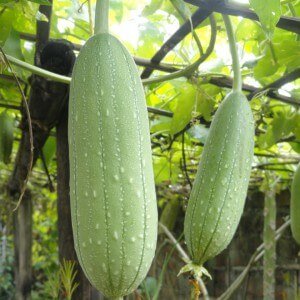
Young fruits (up to 15 cm long) of granular and Egyptian loofah are eaten. They are eaten raw or cooked (cooked, stewed, preserved). Ripe seeds are fried and consumed as sunflower seeds. In addition, they are used in the cosmetic industry for the production of lipsticks.
Eating shoots, buds, flowers, young leaves of the plant. Sponge from dried fruit is used for technical purposes as a filler for mattresses, insulating material, filter, material for making washcloths, hats and mats.
Cultivation and care
Cultivating luffa is a profitable pursuit. From 20 plant bushes, you can prepare up to 800 natural washcloths of different sizes. With proper placement and good care, it turns out to produce a high yield.
For planting, it is recommended to purchase the “Luffa Cylindrical” variety, which is well suited for the production of washcloths. The cultivation technology resembles the cultivation of cucumbers. The plant is moisture-loving, does not tolerate transplantation, it does not bear fruit well at thick planting.
Growing loofah:
- In March-April, seeds are sown in separate peat cups. Before the emergence of seedlings, the ambient temperature should not be lower than 25 degrees. Watch for soil moisture. When shoots appear, the cups are moved to a cool place for 40 days, where the temperature regime of 15-18 degrees is maintained.
- Seedlings begin to harden when they become favorable conditions for growth (the nights will be warm), they are planted on the south side in open ground.
The plant is sensitive to soil. Productivity of the species depends on the nutritional value of the land. Luffa loves loose, light soil. Therefore, the site for the culture is prepared in advance. In autumn, ash and humus are introduced into it.
- Make a hole, fill manure, mix with the ground, transplant seedlings with a lump of soil, where the roots of the plant are concentrated.
- The distance between the vines should be at least 1,5 m. The plant grows rapidly, thickening the landing. As a result, if you do not respect the distance, the luffa will not give a good harvest.
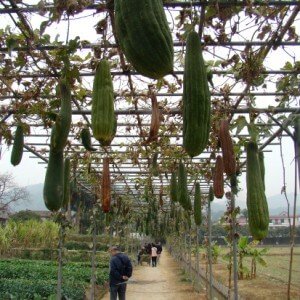
- Upon reaching the loofah 5 m in height, the middle branch is attached. This will increase the yield of the plant.
- Feeding is done 1 times in 2-4 weeks, based on the calculation of 0,5 l ash and 1 l mullein per bucket of water. Make sure that the earth does not dry out, but watering should also not be allowed.
Interestingly, as the fruit ripens, the loofah dries, decreases in weight. The crop must be removed before the ambient temperature drops at night less than 10 degrees, even if they are still green. The yellowing shell of the plant indicates the ripeness of the luffa.
Application in folk medicine
The fruits and seeds of the Egyptian luffa showed antimicrobial potential and antioxidant effect. The sap of the plant is indicated for ingestion to combat jaundice, as well as externally for the treatment of animal bites and disinfection of ulcers.
The seeds are classified as laxatives and emetics, and the fruits are sedatives, diuretics, and dietary products.
In India, Iraq, Iran, plant roots are applied from dropsy. In Bangladesh, a decoction of the leaves is prescribed to people suffering from uremia, amenorrhea, hemorrhoids and leprosy. Seed oil improves the condition of the skin, is used from dermatitis. In West Africa, leaf juice is used for washing eyes with conjunctivitis. In Mauritius, seeds are eaten to suppress the growth of worms.
To maintain beauty
Luffa is used not only in cooking, traditional medicine and household, it is an indispensable product in cosmetology, on the basis of which moisturizing masks, toning lotions and cleansing compositions are prepared for the care of normal and oily skin. Before performing the procedure, the surface of the dermis thoroughly removes dust, dirt, and fat residues accumulated during the day.
To prepare a moisturizing mask for the face, hands, decollete, the luffa leaves (2 pcs) are crushed, honey (5 ml), olive oil (2 drops) are added to the green puree. The resulting mass is applied to the skin for 10 minutes, then washed off, nourished with cream.
To create a lotion that restores the skin’s ph and whitens the face, squeeze juice from the leaves and stems of the vegetable, which should be cleaned daily with the dermis.
Conclusion
Luffa is a technical plant of the pumpkin family. The homeland of the vegetable culture is Oceania, India and Africa. Luffa fruits are used for technical purposes (for the production of soap and washcloths, mechanical water purification), for the food industry. The buds, flowers, leaves and shoots of the plant are consumed fresh or fried. On their basis, moisturizing face masks, tonics are prepared.
Fruits are consumed exclusively in the immature form, as long as they have a soft, juicy, watery flesh. Like any product, the vegetable is stored in a refrigerator on the bottom shelf for a maximum of 3 of the day. As it ripens, it changes the color of the shell (from green to yellow), dries, and acquires characteristic hardness. This particular feature of exotic fruits is used to produce natural washcloths. They have an unlimited shelf life and are hypoallergenic. The luffa sponge improves blood circulation, evens skin color, exfoliates dead cells, reduces the severity of stretch marks and cellulite.
